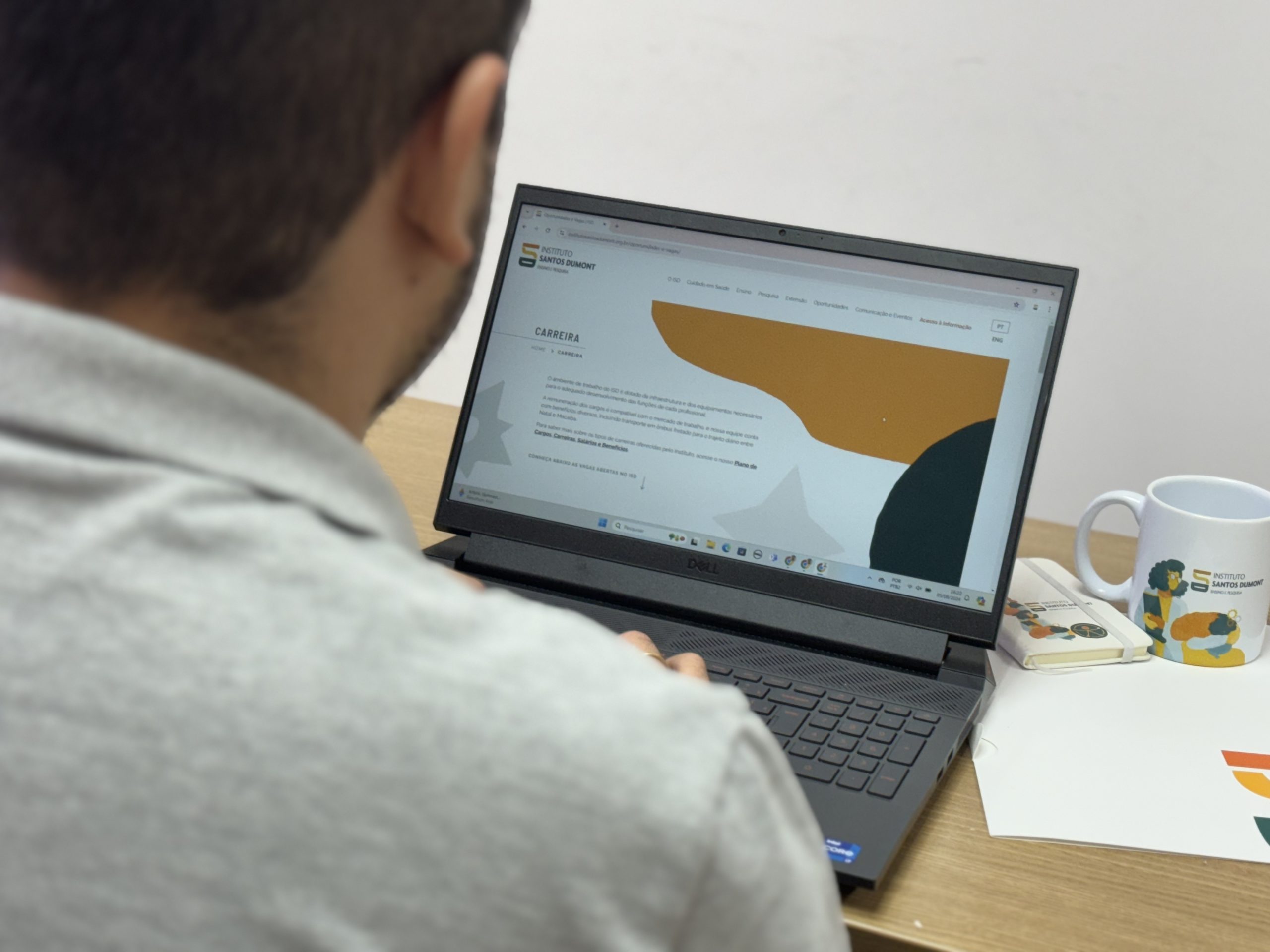With rising temperatures, intensified by climate change, public health authorities are observing an increase in the number of infections caused by arboviruses in the country. In Rio Grande do Norte, the State Department of Health (Sesap) issued alert for the possibility of a substantial increase in arbovirus cases in 2024. The secretariat used as a basis the last six epidemiological weeks of 2023, where the number of suspected dengue cases was 64.4% higher than that recorded in the same period of the previous year.
In total, 727 probable cases were recorded, compared to the 442 registered in the same period in 2022. According to Sesap, in 2022 there were more than 12 thousand confirmed cases and 21 deaths caused by dengue, one of the main arboviruses in urban environments, along with chikungunya and zika.
Climate change has been a concern for global health for some time. In October 2023, the WHO issued a document on the impacts on public health in countries affected by the phenomenon El Niño, including Brazil. Considering this scenario, in addition to the summer period, the proliferation of Aedes aegypti, which transmits dengue, zika and chikungunya, presents even greater risks and needs to be faced with due care.
According to Manoella Alves, infectious disease preceptor at the Santos Dumont Institute (ISD), tropical regions have always been more prone to the proliferation of disease-transmitting mosquitoes, but With climate change, it has become more difficult to predict whether the mosquito population will increase or decrease.
“What we know is that the mosquitoes that transmit dengue, chikungunya and Zika spread through eggs deposited in small collections of water. So the combination of rain and the presence of waste, mainly containing plastic, such as lids, vases and pots, is a favorable environment for the proliferation of the mosquito population”, he explains.
According to infectologist Manoella Alves, there is individual care, how to use mosquito nets and screens on doors and windows and use repellents, which aim to avoid exposure to mosquito bites as much as possible. In addition to these, storing PET and glass bottles with the opening downwards, protecting tires from water accumulation, cleaning gutters frequently, and trying to ensure that utensils that can store water do not have this function, prevent the spread of the transmitter and the emergence of larvae.
But there are also collective behaviors, such as fetching water around the house, not leaving garbage bags in inappropriate places, where they can accumulate water or be scattered, or exposed for a long time.
Integration and participation in health services are a third important point among this group of strategies. Communicating at the local Health Unit about possible dengue outbreaks in urban areas, so that the team can contact the responsible municipal entities, and knowing in which situations they should contact the health system, are examples of actions that, for Manoella Alves, avoid stress health services and the broad consequences for the population.
“The fight against infectious diseases begins when society, together, seeks to build clean cities, with adequate management of waste and debris and is aware of the importance of health care, such as vaccination and following the guidelines given by health agents, by health professionals, by the Ministry of Health, and are committed to disseminating true information regarding infectious diseases”, points out the infectious disease preceptor.
Care during pregnancy
The ISD nurse preceptor, Monise Pontes, highlights the risk of greater illness for pregnant women, mainly due to Zika, due to possible complications for the fetus, such as microcephaly caused by Congenital Zika Virus Syndrome, a set of congenital anomalies that can include visual changes, auditory and neuropsychomotor. Prevention of the three arboviruses is important, and for pregnant women, care must be doubled.
With this in mind, preceptors and pregnant women assisted by ISD jointly produced a homemade repellent, made by mixing a concentrated liquid of cloves and alcohol with vegetable or body oils. The preceptor explains that the principle of homemade repellent is the action of Eugenol, a substance produced by combining cloves with alcohol, efficient as a natural repellent.
“It is a strategy to avoid the spread of arboviruses and to have a form of control and prevention with what we have available, easily accessible. Associated with care, the repellent, especially in these seasonal moments, where cases of illness are higher, will be more effective”, explains nurse preceptor Monise Pontes.
The guideline is that the repellent is used by the entire population, but mainly priority groups, such as pregnant women and children. According to the nurse preceptor, the component should be worn over clothing, avoiding direct contact with the skin, and has protection for up to three hours, needing to be reapplied after that.
There are also repellents available in pharmacies and health services, with specifications depending on the age group. In these cases, the recommendation is to identify the appropriate repellent for each age group and observe, for example, allergen factors and specificities for pregnancy; For pregnant women, it is recommended to use repellents based on icaridin, a substance recognized by the WHO.
ABOUT ISD
The Santos Dumont Institute (ISD) is a Social Organization linked to the Ministry of Education (MEC) and includes the Edmond and Lily Safra International Neuroscience Institute and the Anita Garibaldi Center for Health Education and Research, both in Macaíba. ISD's mission is to promote education for life, forming citizens through integrated teaching, research and extension actions, in addition to contributing to a fairer and more humane transformation of Brazilian social reality.















